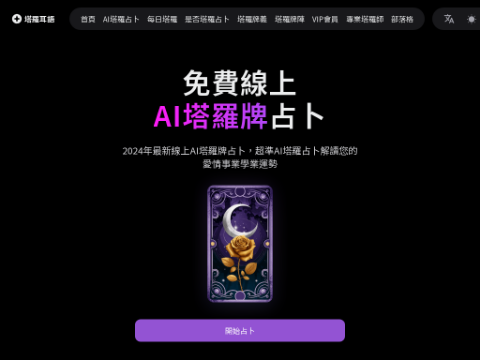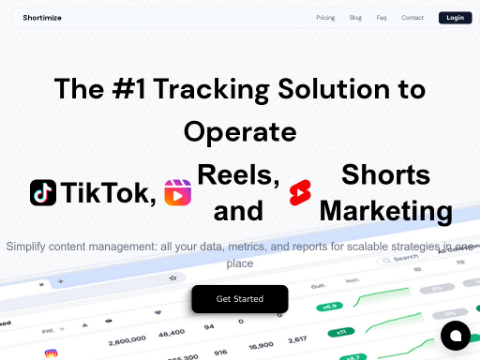Currently, artificial intelligence task management tools such as AutoGPT, BabyAGI, and LangChain mostly rely on free-text outputs, which often result in lengthy and inefficient results. Especially when dealing with complex and dynamic query tasks, these frameworks struggle to maintain task context and manage a vast operational space. In response to this limitation in existing agent frameworks in the field of natural language processing (NLP), particularly their shortcomings in efficient context understanding and interactive problem-solving capabilities, this study proposes an innovative solution called TaskGen system.
The TaskGen system aims to enhance the practical performance of large language models (LLMs) by dynamically optimizing the context environment and strengthening the interactive retrieval mechanism. Its key highlight lies in the introduction of a structured output format called StrictJSON, which ensures that the information obtained from LLMs is both concise and easy to extract, effectively avoiding information redundancy and improving processing speed and accuracy.
TaskGen adopts a novel strategy of decomposing complex tasks into multiple subtasks, each of which is mapped to specific functional modules or internal agents for execution. These modules and agents are closely connected through a shared memory system, sharing necessary information and achieving higher independent operation capability and task processing efficiency. This design significantly reduces unnecessary repetitive work, making the system more lightweight and efficient.
Importantly, TaskGen introduces an interactive retrieval mechanism that dynamically collects and refines the required context based on real-time feedback from user queries. Leveraging the advantages of retrieval-augmented generation (RAG) technology, TaskGen intelligently incorporates new information during the continuous retrieval process. This mechanism allows TaskGen to focus directly on task solving through modular and functional approaches, without relying on long-term session context, demonstrating greater flexibility and practicality.
The core architecture of TaskGen revolves around equipped functions, internal agents, and a memory bank. Equipped functions are responsible for executing specific tasks, while internal agents excel at independently handling subtasks, forming a clear hierarchical system for enhancing processing capabilities. The shared memory system serves as a bridge for information exchange, ensuring information sharing on demand and reducing cognitive burden. The memory bank stores rich information resources and can perform semantic similarity retrieval based on task requirements, further enhancing the system's intelligence.
In practical applications, TaskGen has demonstrated significant advantages. It achieved a 100% success rate in maze navigation tasks and a 69% success rate in web browsing tasks. By adopting the StrictJSON format, TaskGen greatly reduces token usage and processing time, resulting in a significant improvement in overall efficiency.
In summary, TaskGen overcomes the lengthiness and efficiency issues of traditional agent frameworks by constructing a structured task management process and incorporating memory-assisted technology. Its innovative StrictJSON format and modular design not only enhance the agent's context retention and execution capabilities in complex tasks but also open up new paths for addressing diverse task challenges in the field of artificial intelligence. TaskGen is undoubtedly a technologically innovative solution with broad application prospects, deserving in-depth research and promotion in the industry.








